Types of Gypsum Rock
Gypsum is used in various industries such as glassmaking, construction, papermaking, medicine, petrochemicals, agriculture, and more.
As you know, gypsum rocks come in different types. Below is a brief explanation of the main types of gypsum rocks:
1.Gypsite
This type of rock, also known as Crystal Gypsum, has high purity and visual transparency. It is found in specific mines where geological conditions,
temperature, and pressure have created this mineral over millions of years. Due to its rarity and high value, transparent gypsum is considered valuable.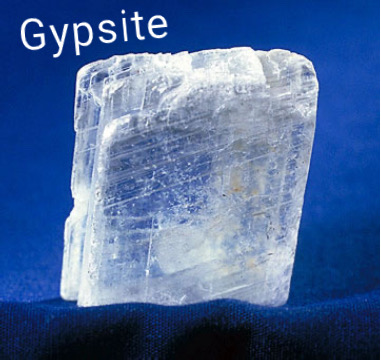 2. Crystal GypsumThis type of gypsum consists of thin sheets with crystal fibers of calcium sulfate dihydrate joined together. It also forms as thin layers of hydrated
2. Crystal GypsumThis type of gypsum consists of thin sheets with crystal fibers of calcium sulfate dihydrate joined together. It also forms as thin layers of hydrated
calcium sulfate deposits.
a) Selenite
Selenite is another form of raw gypsum with a transparent, shiny, and colorless appearance. It has cleavage properties and is also used in decorative
industries. It is sometimes called the “moonstone.”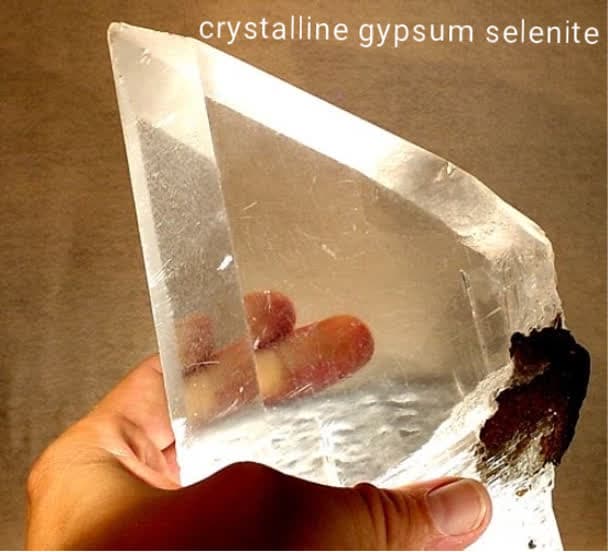 b) Alabaster Another type of gypsum rock is alabaster, also called gypsum marble or white marble. It is fine-grained, compact, smooth, greasy-like, colorless,
b) Alabaster Another type of gypsum rock is alabaster, also called gypsum marble or white marble. It is fine-grained, compact, smooth, greasy-like, colorless,
and sometimes transparent. For centuries, alabaster has been used as a decorative stone in sculpture and artistic works.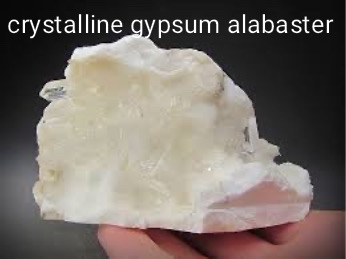 3. Amorphous GypsumThis type of gypsum is abundantly found in nature and is easily extracted. It is the raw material for many factories. After processing, it has various
3. Amorphous GypsumThis type of gypsum is abundantly found in nature and is easily extracted. It is the raw material for many factories. After processing, it has various
applications in different industries. Among the most common types of gypsum in nature, amorphous gypsum is widely used as the raw material in gypsum
production factories.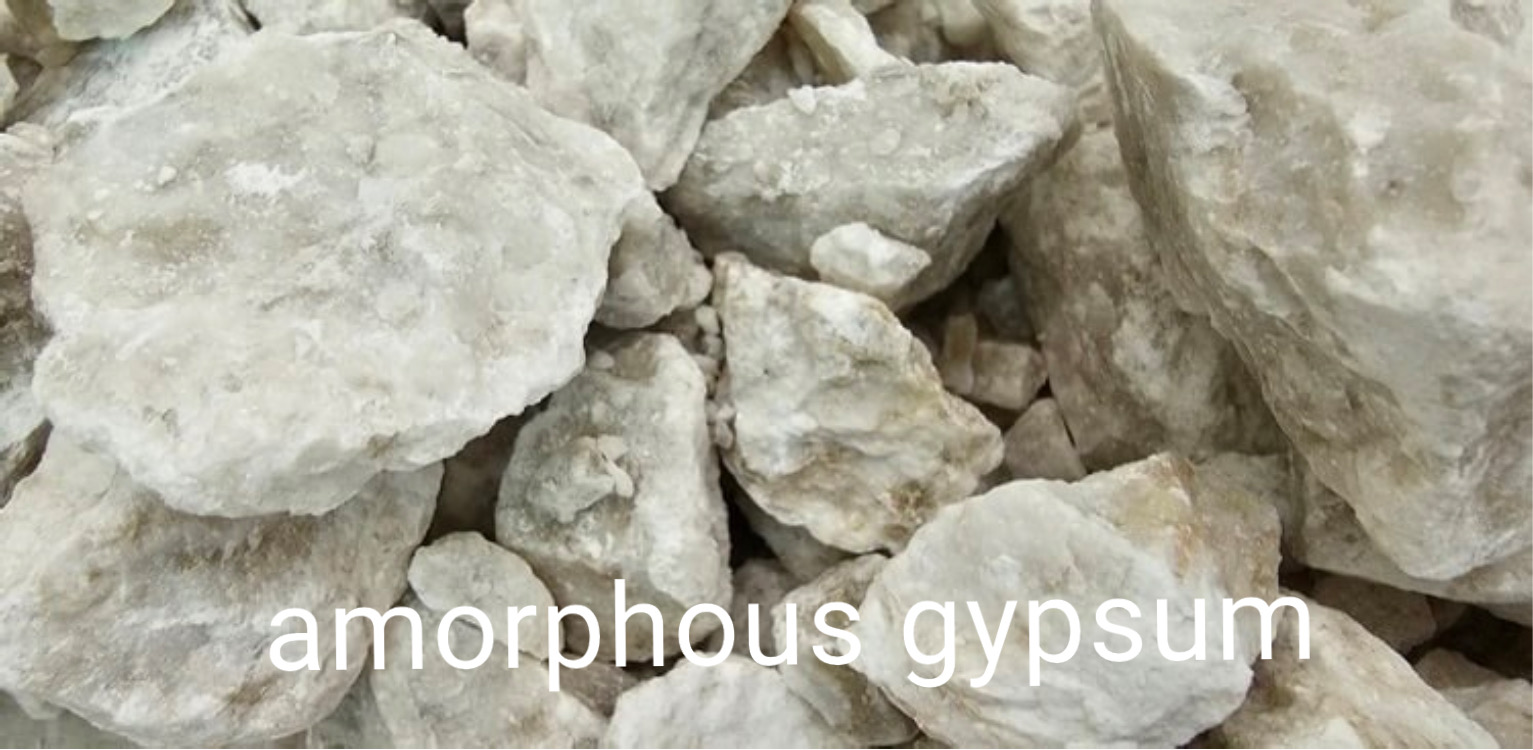 4. Satin SparThis type of mineral occurs in fibrous form in nature without a sheeted structure. Its fibers are dense, and due to light refraction, they create
4. Satin SparThis type of mineral occurs in fibrous form in nature without a sheeted structure. Its fibers are dense, and due to light refraction, they create
special optical effects. Satin spar gypsum has a silky luster and fibrous form. When light passes through, the fibers scatter and redirect the light,
producing a glowing effect.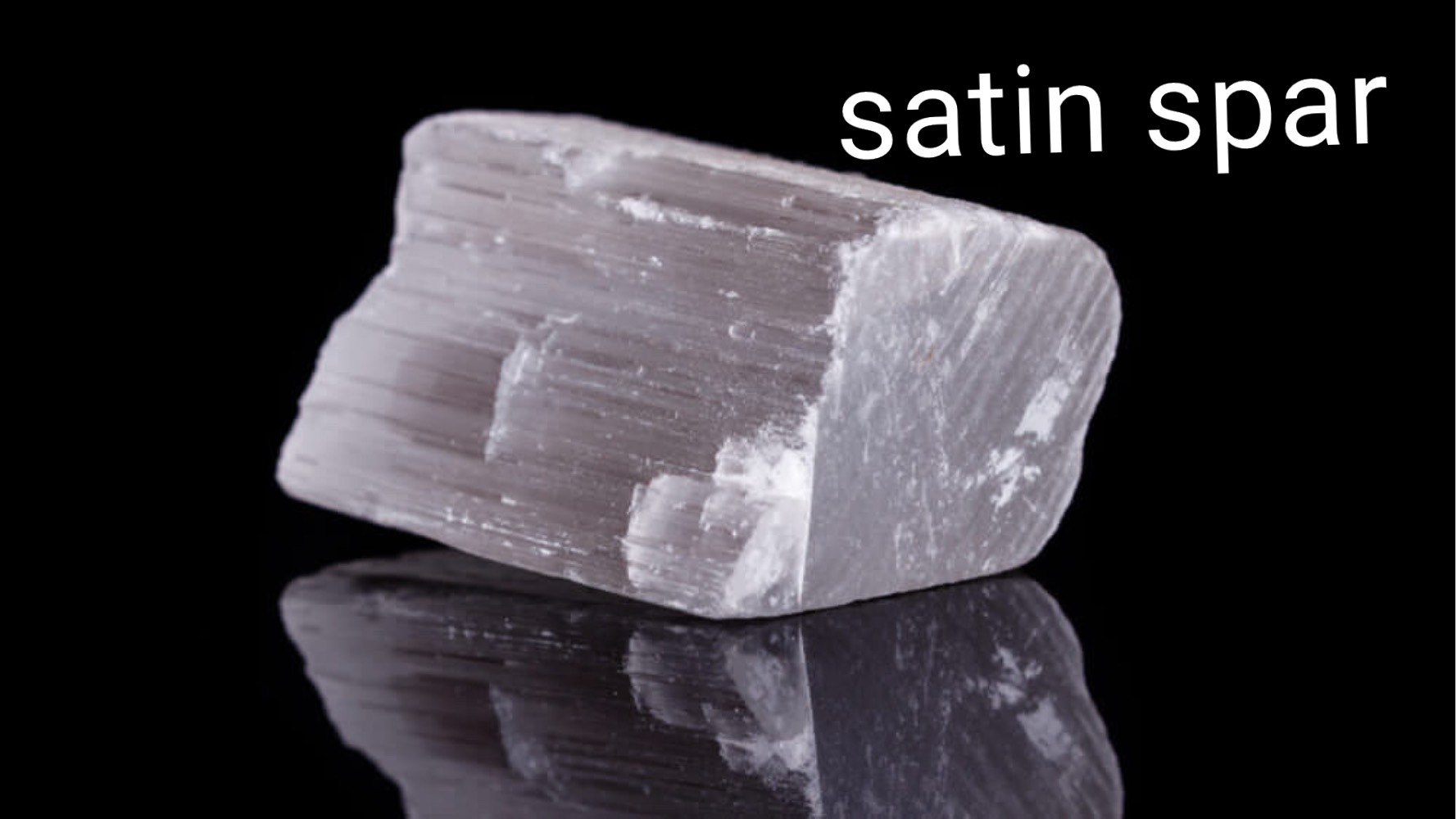 5. Marine Gypsum and GypsiteMarine gypsum has a layered structure, making it unsuitable for gypsum production. Gypsite, also known as earthy gypsum, occurs in powdery or
5. Marine Gypsum and GypsiteMarine gypsum has a layered structure, making it unsuitable for gypsum production. Gypsite, also known as earthy gypsum, occurs in powdery or
clod-like form. It is often mixed with clay and iron oxides, giving it a yellowish color. It may also contain impurities such as pebbles and sand.
Gypsite is mined as compact lumps, later processed in kilns and sieved before being packed into gypsum bags. However, because gypsite has the
lowest setting strength, it is not recommended for finishing coats, even as a base plaster.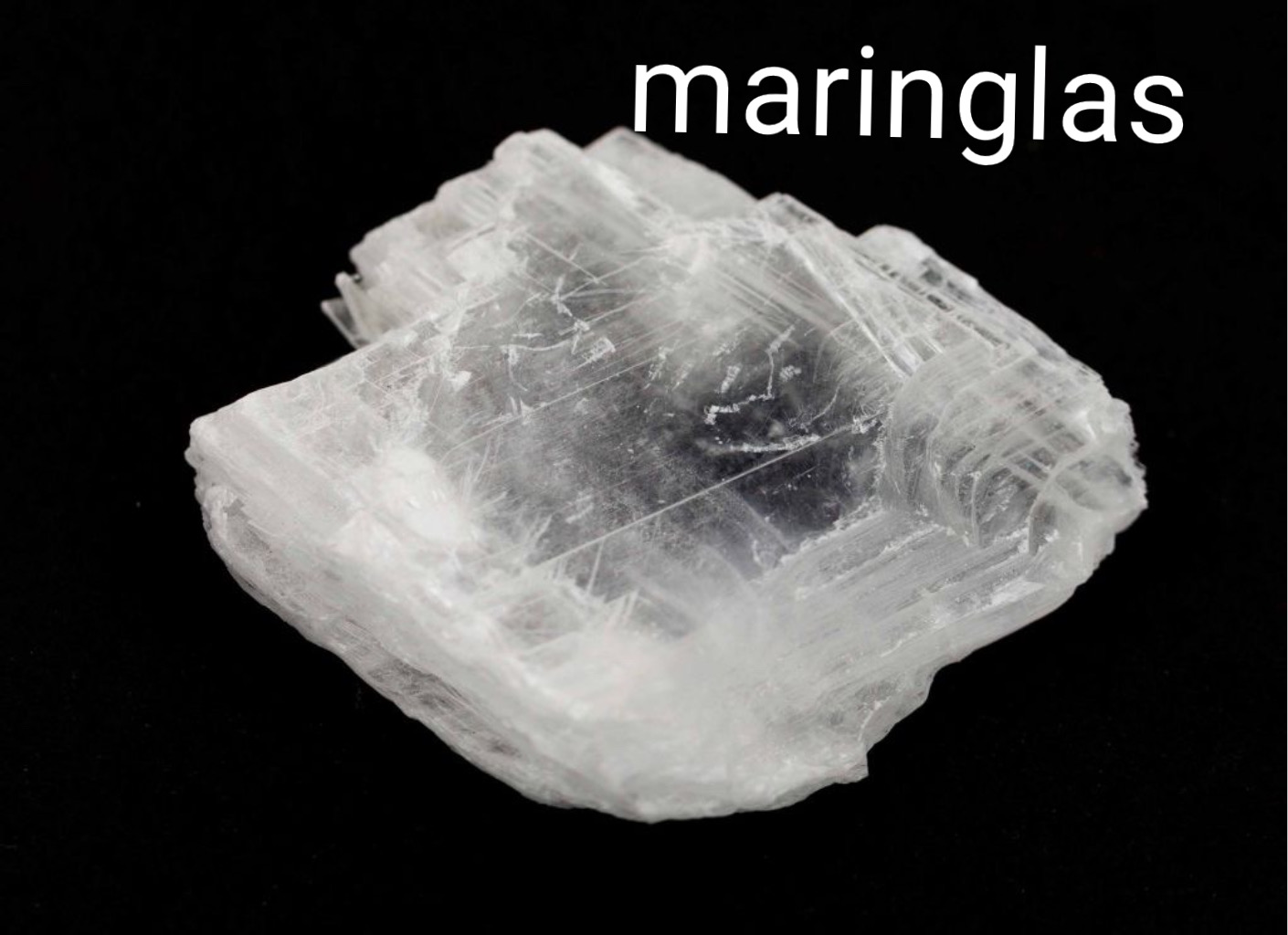 6. Gypsum ClusterThis type of gypsum appears as silk-like bundles of fibers. It is not used in plaster production but has applications in export.
6. Gypsum ClusterThis type of gypsum appears as silk-like bundles of fibers. It is not used in plaster production but has applications in export.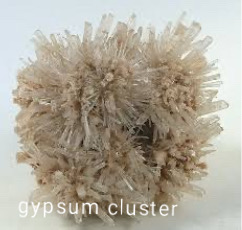 7. Pure Gypsum RockThis type of gypsum is usually colorless and transparent. However, if it contains coal, it turns gray, and if iron is present, it can appear yellow or
7. Pure Gypsum RockThis type of gypsum is usually colorless and transparent. However, if it contains coal, it turns gray, and if iron is present, it can appear yellow or
bluish.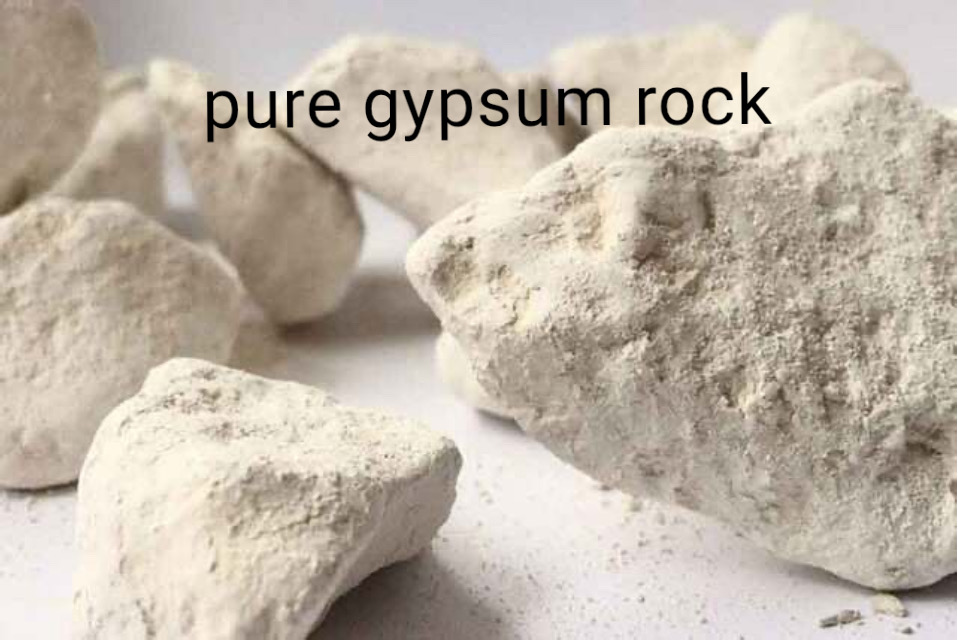 The usability and quality of the extracted gypsum depend on its purity. Purity, high quality, chemical analysis, and color are key factors that mustbe considered when evaluating gypsum rock.
The usability and quality of the extracted gypsum depend on its purity. Purity, high quality, chemical analysis, and color are key factors that mustbe considered when evaluating gypsum rock.
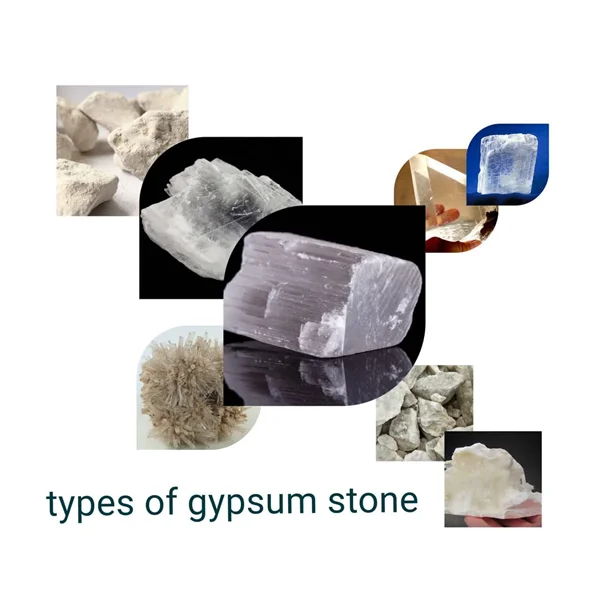
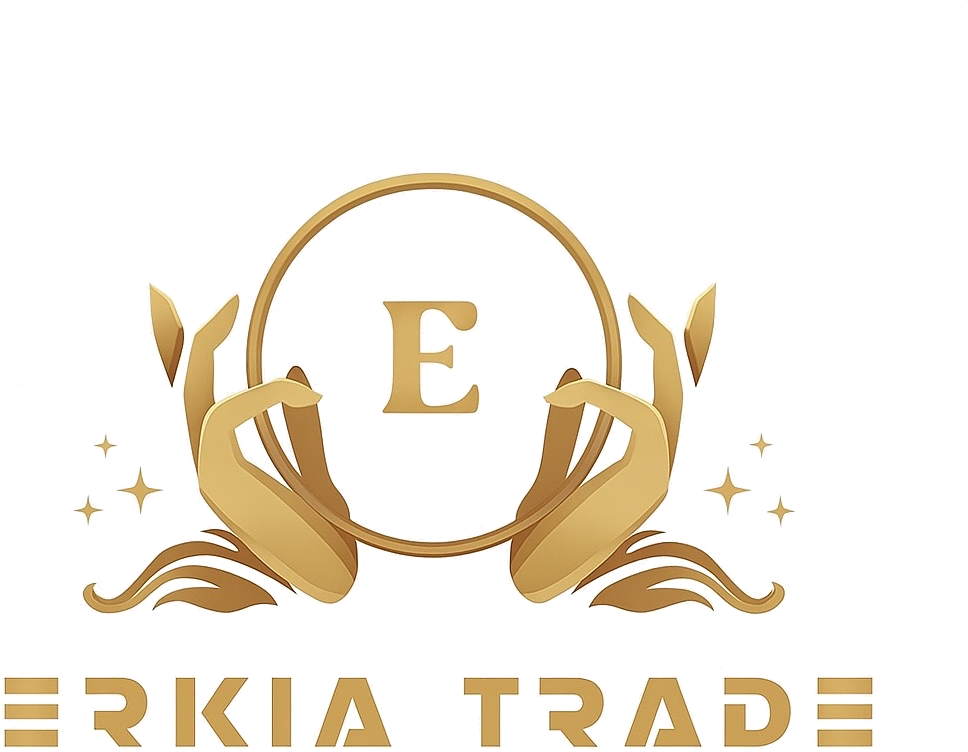
Write your comment.